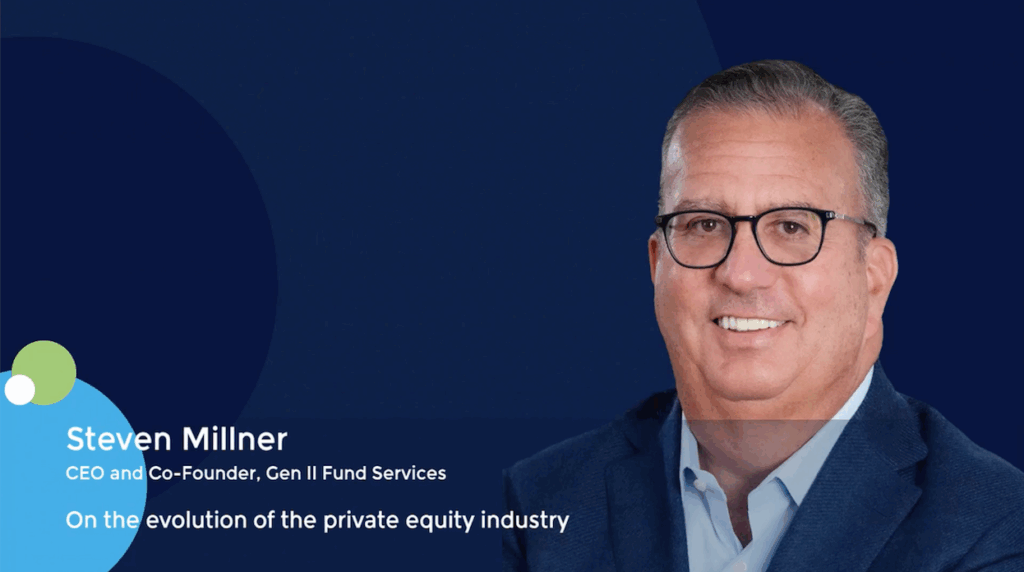David Hunter, Adviser to Dicello Levitt, on educating CIO’s in litigation matters
In a recent ION Influencers fireside chat, David Hunter, Advisor at DiCello Levitt, shared his insights on educating Chief Investment Officers (CIOs) in litigation matters. With a rich background as a CIO at Texas Municipal Retirement System and North Dakota Retirement Office, Hunter brings a wealth of experience to the table.
Background and Role
- Career Overview: Hunter outlined his extensive career in investment management.
- Texas Municipal Retirement System: Oversaw $40 billion in assets.
- North Dakota Retirement Office: Grew assets from $8 billion to $20 billion.
- Current Role: Advisor at DiCello Levitt, focusing on securities litigation.
Understanding CIO Needs
- Varying Needs: Emphasized the different needs of CIOs based on program size and scope.
- Experience Contrast: Compared his experiences at North Dakota and Texas.
- North Dakota: Smaller team, rapid asset growth.
- Texas: Larger team, stable asset management.
Approach to Litigation
- Relationship Building: Importance of building relationships with CIOs and executive directors.
- Data Pipeline: Need for a seamless data pipeline from the portfolio to the law firm to maximize claims recoveries.
Governance and Prioritization
- Securities Litigation Committee: Strategy for prioritizing litigation and governance.
- Committee Composition: Key figures include the Lieutenant Governor, Deputy Attorney General, and State Treasurer.
- Efficient Decision-Making: Importance of a streamlined group.
Transparency and Challenges
- Transparency: Noted the open record laws in North Dakota and Texas.
- Special Interest Groups: Acknowledged potential influences but emphasized straightforward processes.
Timeline and Continuity
- Lengthy Litigation: Explained the lengthy nature of litigation, which can span several years.
- Good Governance: Importance of maintaining continuity through good governance and documentation.
Industry Evolution
- Competitiveness: Increasing competitiveness in the legal industry.
- Data Analytics: Importance of data analytics in securities litigation.
- DiCello Levitt’s Collaboration: Praised collaboration with Institutional Shareholder Services for enhancing data-driven decision-making.
Best Practices and Risks
- Setting Up a Committee: Best practices for setting up a Securities Litigation Committee.
- Charter Creation: Importance of creating a charter.
- Jurisdictional Thresholds: Identifying thresholds based on jurisdiction.
- Fiduciary Responsibility: Emphasized the risks of leaving money on the table.
Global Perspective
- US vs. International: Differences in litigation processes between the US and international jurisdictions.
- Opt-In Requirement: Highlighted the opt-in requirement for non-US cases.
- Jurisdictional Expertise: Importance of selecting strong law firms based on jurisdictional expertise.
Final Thoughts
- Educating CIOs: Importance of educating CIOs on litigation matters.
- Awareness Levels: Varying levels of awareness based on asset size and tenure.
- Law Firm Support: Role of law firms in providing timely and efficient support to maximize recoveries.
Key timestamps:
00:08 Introduction to the Fireside Chat
01:42 Understanding the Needs of CIOs
02:59 Comparing Different CIO Scenarios
04:20 Prioritizing Litigation and Governance
05:32 Establishing a Litigation Committee
06:44 Aligning Interests of CIOs and State Treasurers
07:56 Triggers for Action in Litigation
08:53 Transparency in Litigation Processes
09:49 External Factors in Litigation
10:26 Timeline of Litigation Processes
11:17 Setting Up Governance Structures
13:55 Risks of Poor Governance in Litigation
15:09 Aligning CIO and Litigation Timelines
16:11 Transformation of the Legal Industry
16:53 The Importance of Client-Attorney Relationships
17:24 Competitive Dynamics in Legal Services
18:33 Effective Board Governance Practices
19:07 Comparative Legal Frameworks: US vs. International
19:47 Choosing the Right Legal Firm
20:50 Maximizing Investment Returns
21:45 Final Thoughts on Legal Strategies
22:52 Education and Awareness Among CIOs
24:04 Closing Remarks and Acknowledgments










